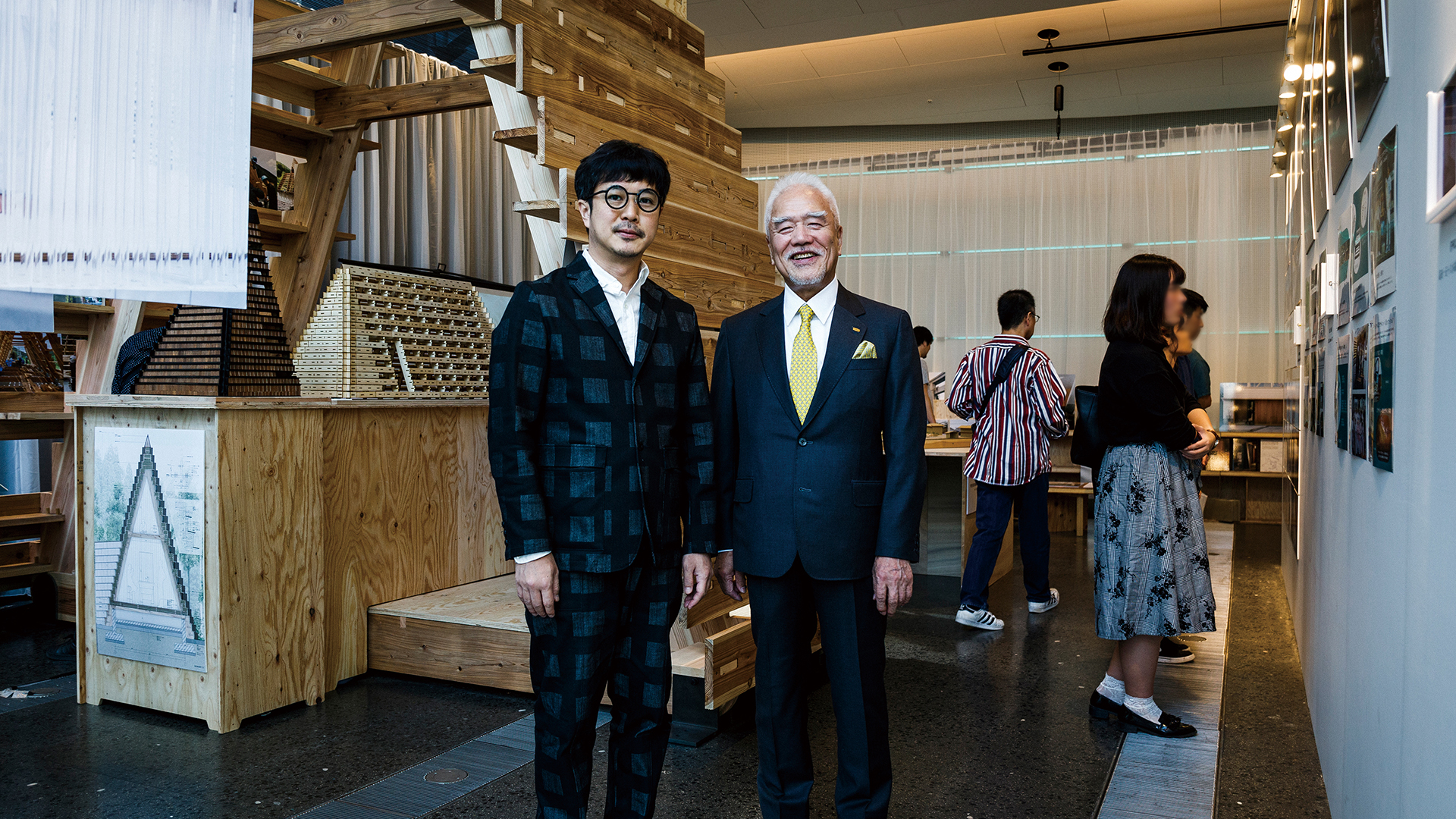
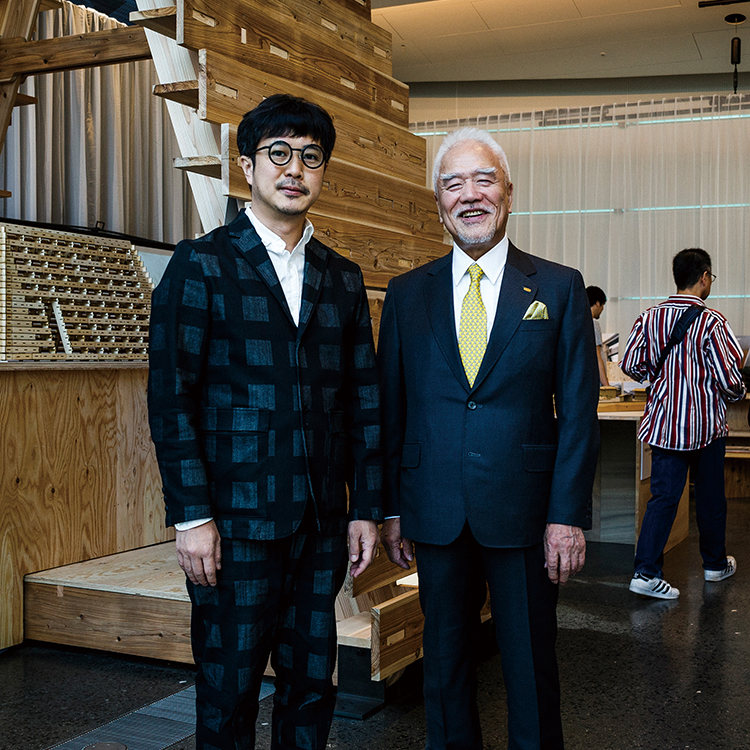


Junzo Tateno
CEO of UNION Corporation
Born in 1947, Junzo Tateno graduated from the Faculty of Law at Konan University (Kobe, Japan) in 1970
and entered Aoki Construction that same year. He joined UNION in 1973 and became CEO and President in 1990.
He serves as Chairman of the Union Foundation for Ergodesign Culture, a Public Interest Incorporated Foundation,
and the Osaka Industrial Bureau. He is also Vice Chairman of the Osaka Chamber of Commerce and Industry.
Yasutaka Yoshimura
Born in 1972, Yasutaka Yoshimura graduated from Waseda University's Department of Architecture and Architectural Engineering in 1995. In 1997, he completed his masters degree at Waseda University's Graduate School of Science and Engineering. Yoshimura founded Yasutaka Yoshimura Architects in 2005, and has served as a part-time lecturer at Waseda University, Meiji University, Art and Architecture School of Waseda University, Tokyo University of Science, and Kanto Gakuin University, among others. He has won a wide range of awards in his field and continues to attract attention for his active involvement in pioneering and expanding the architectural market.
10
TATENO
Mr. Yoshimura, what got you interested in architecture? Where do you trace back the roots to?
YOSHIMURA
My father was an engineer at Toyota. I think that’s where everything started.
TATENO
I see. How did you spend your time as a child?
YOSHIMURA
As a child, I was interested in industrial design, specifically automotive design. I had a fascination with things that were mass produced. I think most kids are drawn to rivers and mountains, or other tranquil spots offering picturesque scenery. For me, it was massive parking lots. *Laughs.*
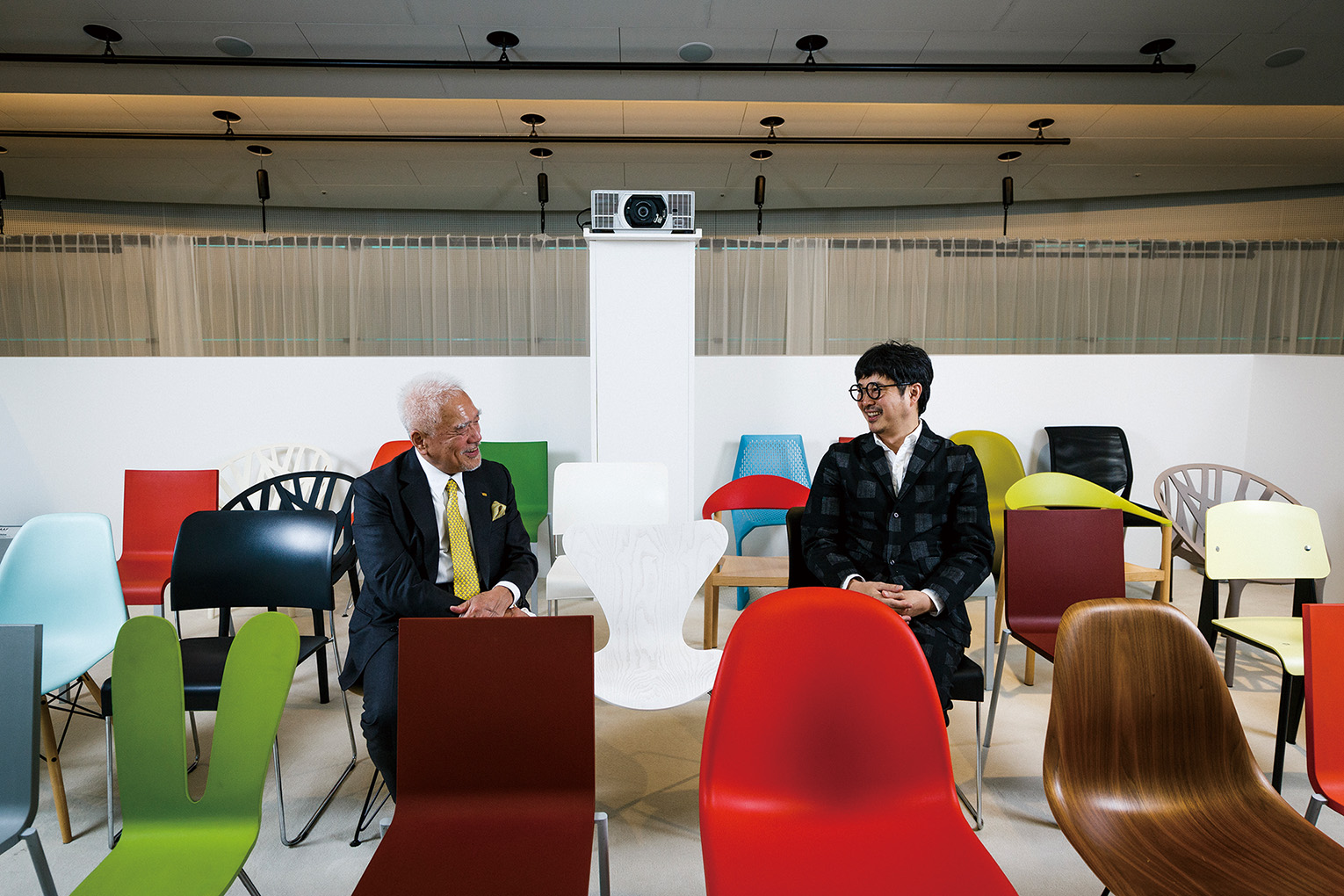
TATENO
*Laughs.*
YOSHIMURA
When I think back on my childhood, I see a parking lot filled with rows of neatly aligned, similar looking cars. I think it was from that time I knew I wanted to design cars some day. As time went by, I noticed that some car designers had graduated from architectural programs, and I thought “if I go to an architectural school, I’ll be able to design cars.” This is when I decided to begin studying architecture.
TATENO
So you entered into an architecture program in order to achieve this goal. And as you learned more and more about architecture, you started to engage in design that was a bit different from automotive design, correct?
YOSHIMURA
Correct. Recently, I’ve started to feel like I’m finally getting closer to my dream of designing vehicles. At Waseda University, I’m in charge of the ME Major, which is a new course that combines mechanical engineering and architecture. For my lectures, we research how cities and architecture are changing with the implementation of self-driving, cars and drones and other similar machines. This has finally brought me back to cars.
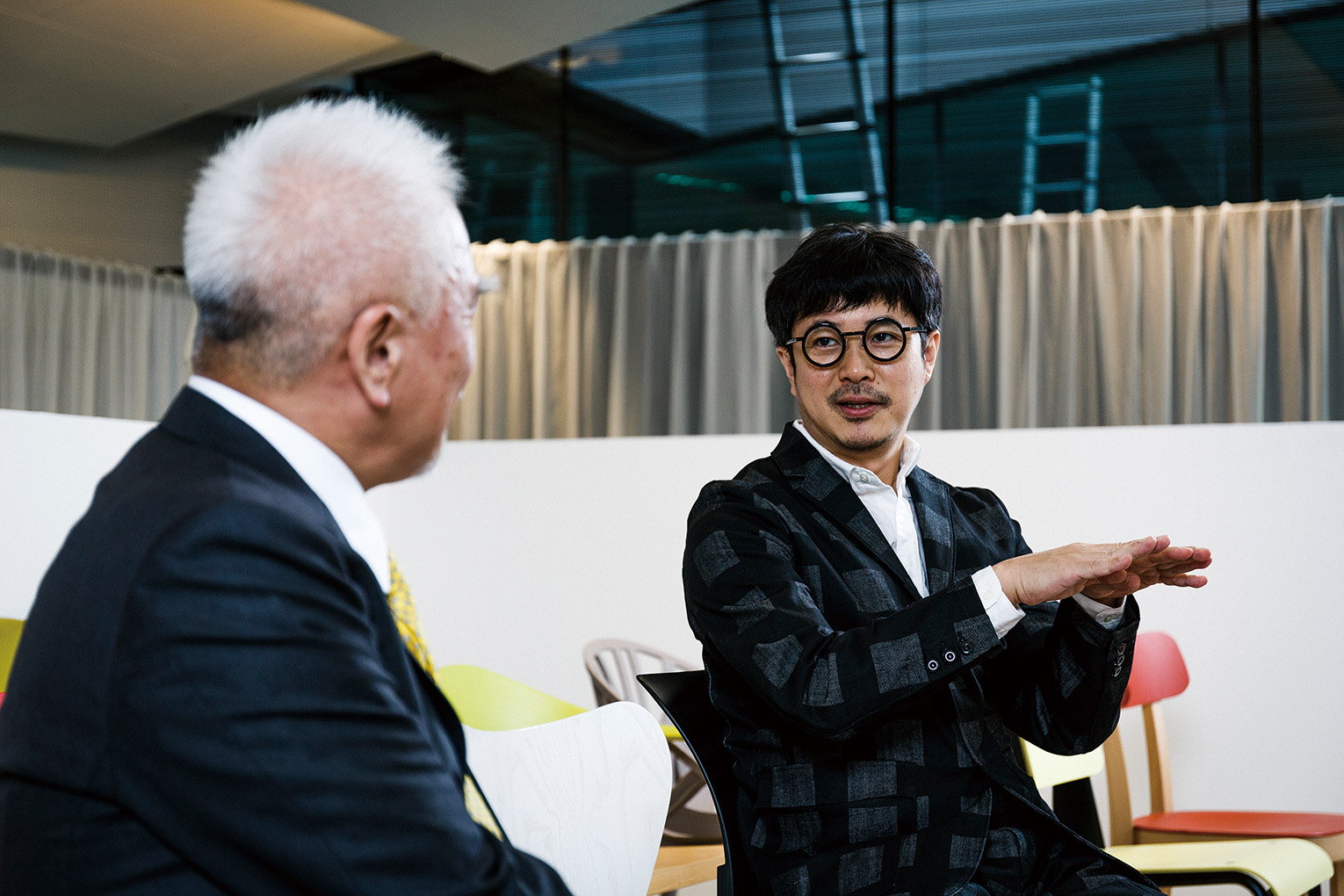
TATENO
That’s very interesting. It will be exciting to see how towns change. By teaching this kind of subject to students, you’re also helping to cultivate the younger generation.
YOSHIMURA
That’s right. I was appointed to the position last year, and this is my second year in charge. I’m still figuring everything out. For now, all the students in my research laboratory belong to the school of architecture. I’m guessing that next year or the year after, we will start to see more mechanical engineering students join.
TATENO
Do you get a lot of young people today who are interested in entering the school of architecture?
YOSHIMURA
Yes, relatively speaking. Universities in Tokyo cannot increase their prescribed number of students, so we see a fixed number of applicants each year.
TATENO
It has been about 26 years since we founded the UNION Foundation For Ergodesign Culture, and we have been working the entire time to help educate students. While this may seem extreme, I’ve heard that students today believe they will not be able to make a living unless they head overseas. Do you get a sense of this from your students?
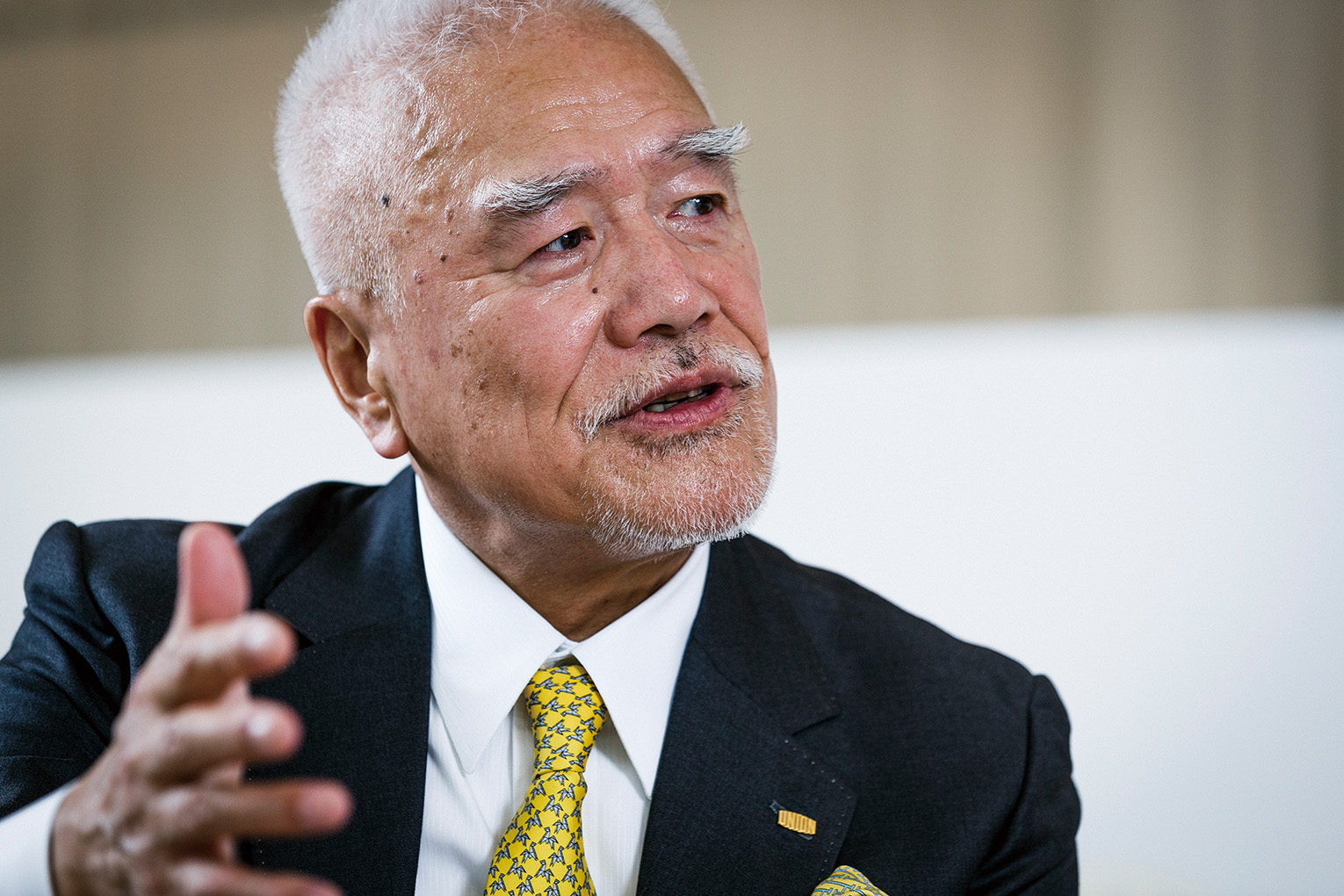
YOSHIMURA
In today’s society, it’s considerably easy to find a job, so I’ve noticed more of a trend for students to settle early for a position in Japan. People often say that Japanese society places more importance on where you went to school rather than your academic performance. Students take their entrance exams hoping to get into a school with a certain reputation, and when they do, they stop trying. There’s definitely a tendency for that.
TATENO
It’s all about the name of the school you went to. I can certainly see that.
YOSHIMURA
Starting next year, the qualification system is going to change, and graduate students will be able to take the exam to become a qualified architect of the first class. My fear is that this is only going to encourage students to become more inward-focused. That said, the students in my research laboratory have a desire to excel and are whole-heartedly committed to their research.
TATENO
Your students must be proud to get to learn under you. By the way, you’ve spent some time in the Netherlands, haven’t you? That must have had quite an impact on your career.
YOSHIMURA
My time spent in the Netherlands has been one of the treasures of my life. Of course, I learned a lot while I was there, but possibly the biggest thing I came away with was the realization that it’s not that different from Japan.
TATENO
What do you mean?
YOSHIMURA
At the time, the world outside Japan felt completely foreign and distant to me. I had this impression that these alien-like architects were over there building these incomprehensible structures. *Laughs.* That’s at least how I felt when I was in Japan. When I actually went overseas, however, I realized that normal people were constructing these buildings using the processes we do in Japan. I was rather disappointed at the time, but it was really important to discover this fact.
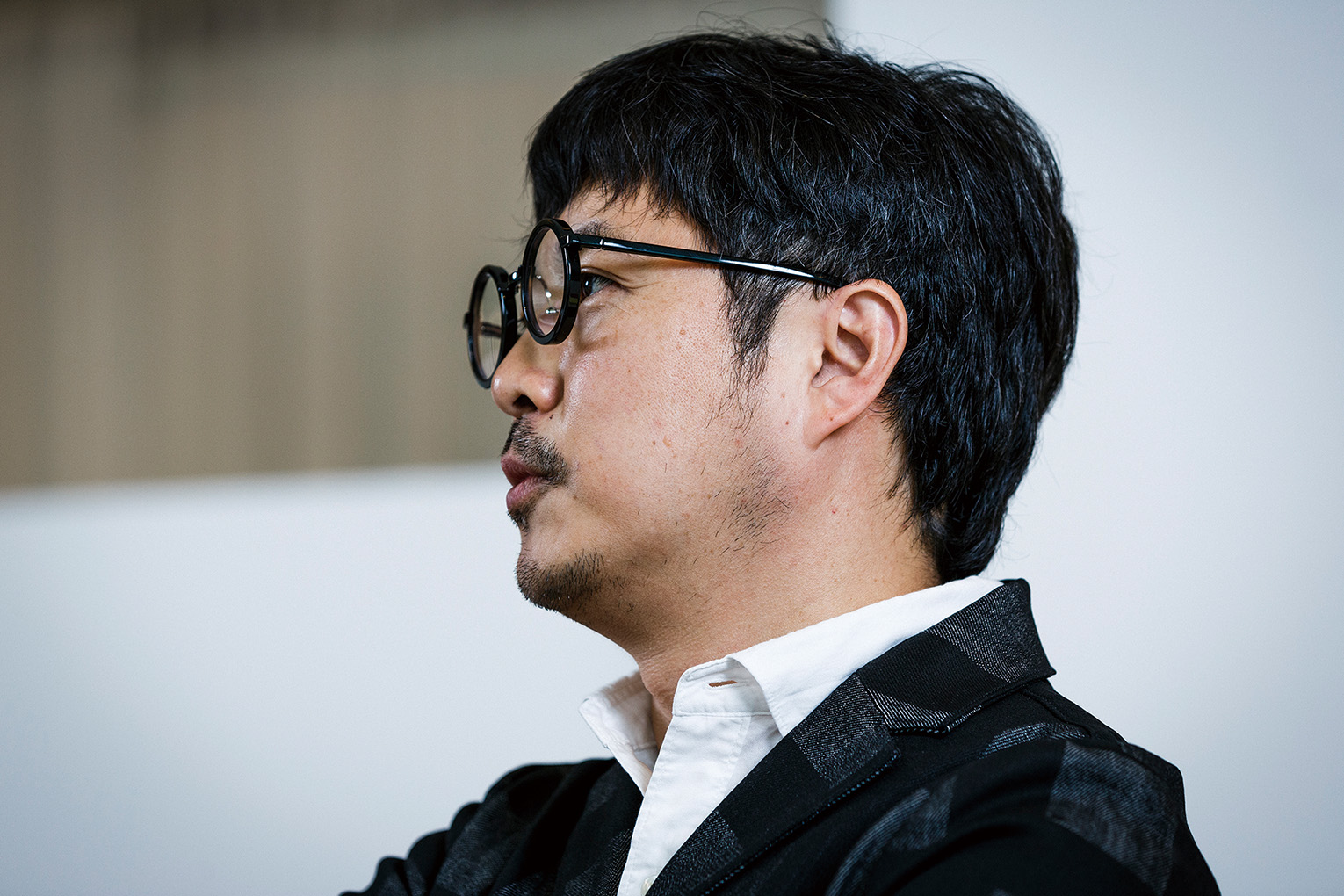
TATENO
Looking at life in the long term, I do think it’s important for young people to have the experience of working overseas.
YOSHIMURA
I completely agree. I encourage all my students to travel abroad.
TATENO
You must have learned a lot about architecture during your two years in the Netherlands. On top of gaining architectural knowledge, acquiring foreign language skills is also important. I get the feeling that for future architects speaking English will be a standard requirement.
YOSHIMURA
Waseda University has already proclaimed a vision for making 50% of its classes English-based by its 150th anniversary. This means courses will be offered in English even if you are a Japanese student.
TATENO
Do you have any international students in your classes?
YOSHIMURA
I do. The majority of interns at my architectural office are also foreigners.
TATENO
Is that so? That must have a positive effect on the other students in your classes.
TATENO
I sometimes check out your works in various publications.
YOSHIMURA
Thank you.
TATENO
Of the many projects you’ve worked on, one that was of particular interest to me was the Ex-Container Project. Where did you get the idea for that?
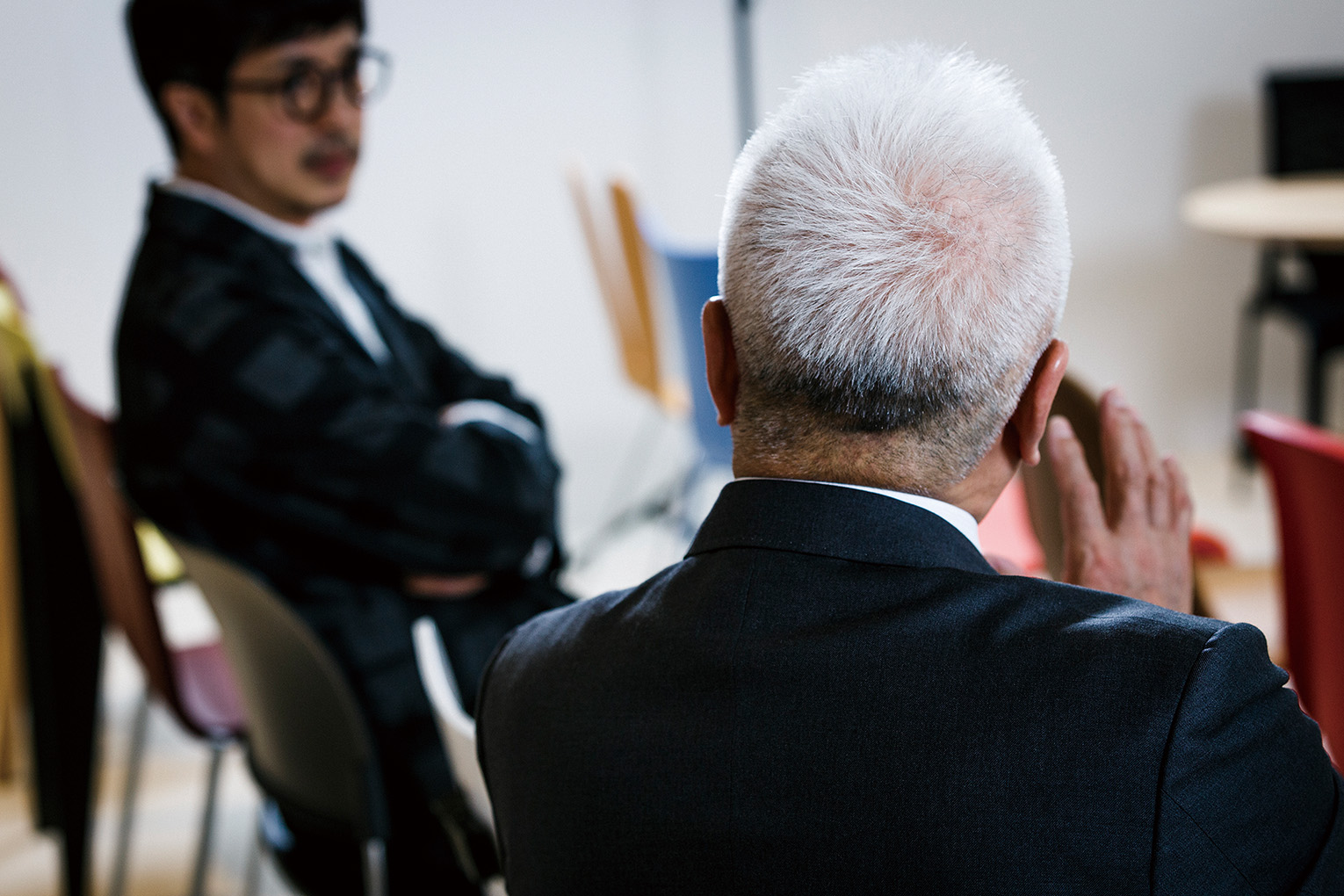
YOSHIMURA
As I mentioned earlier, I’ve always had an interest in mass production, and I believe that was reflected in my work on the Ex-Container Project. Typically, one architectural structure is erected on a single piece of land, meaning that architects are generally engaged in single-item production. Of course, this is partially due to what we are taught in school. However, when you look outside the world of architecture, you don’t find many things that are produced singularly. I had been thinking for some time about how to bridge this gap between single-item and mass production, and my vision was realized with the Ex-Container Project. Recently, I’ve been considering working more with containers.
TATENO
I see. We’ve witnessed a lot of natural disasters as of late, and this project felt like a perfect fit for the recovery process.
YOSHIMURA
I was engaged in recovery efforts following the earthquake, but it’s quite difficult to make this process known to the general public. Recently, I’ve started to recognize how to advance these efforts, and I’ve decided to continue promoting the container project in preparation for future natural disasters.
TATENO
In terms of recovery efforts, your Ex-Containers served to provide temporary housing to those in need. That got me thinking, wouldn’t it be great if these containers could be used as permanent housing even after recovery. It’s too bad that they have to be temporary.
YOSHIMURA
I was of the same mind, but unfortunately, Japanese regulations stand in the way of making this a reality. The reason being that you would be using public funds to create private property. Things shouldn’t be this way. We really have to do something to change these regulations. We’ve been hit with numerous disasters in recent years. I feel we have to change the way we approach disaster prevention accordingly.
TATENO
I read a newspaper article saying that when the Tamagawa River flooded, residents had been protesting the construction of a levee there. Looking at recent natural disasters, it seems we get hit by a large one every year. We’ve entered an era now where we have to be prepared to one day be a victim of a disaster ourselves.
YOSHIMURA
In construction, building a wall is the simplest method for separating two disparate things. However, if you leave some space in between, there is no need for a wall at all. It would be nice if civil engineering took the same approach and maintained a little more leeway when constructing residences. In the past, we put rice fields next to rivers, which served as a sort of buffer zone. Today, we might have overextended our living area. Disasters brought on by severe weather are more the result of human failure in that sense.
TATENO
Interesting. This might also be connected to the trend for building wooden structures in Japan’s hot and humid climate. Not to complain or anything. I do like them as an emblem of Japanese culture.
YOSHIMURA
I love Japanese houses as well. I rarely get the opportunity to work on one, but I always enjoy staying in one when I get the chance. *Laughs.*
TATENO
I live in a condominium at the moment. Something about the Western lifestyle feels rather bland to me. Sometimes you just want to lay down on tatami flooring.
YOSHIMURA
I know that feeling. Unfortunately, I almost never get to work with tatami flooring for my architectural projects. Tatami has a way of calming the mind. I’ve heard the entire tatami industry, including the people in charge of the production process and the local networks that cultivate the rush to make the flooring, is struggling to stay afloat. Tatami may naturally disappear before too long. It would be nice to see people bring tatami with them when they move. *Laughs.* I like Japanese houses and module structures. I believe the container is one type of module, but wooden houses are actually mostly module structures as well. You can even reuse the materials. I think the affinity I have for this kind of building method is connected to my love of mass production and modular architecture.
TATENO
I see. The house I used to live in was made in the Sukiya-zukuri style.
YOSHIMURA
Is that right!?
TATENO
It was constructed by a carpenter named Yuya Hirata, who specializes in temples and shrines.
YOSHIMURA
Was this in Osaka?
TATENO
Yes, Osaka. The carpenter worked on some other famous Sukiya-zukuri structures like Kitcho. It was a nice environment while I was living there, but I’ve heard that Sukiya-zukuri style homes fall into disrepair if no one lives in them. When you get older, it’s much easier to live in a condo with proper security. *Laughs.*
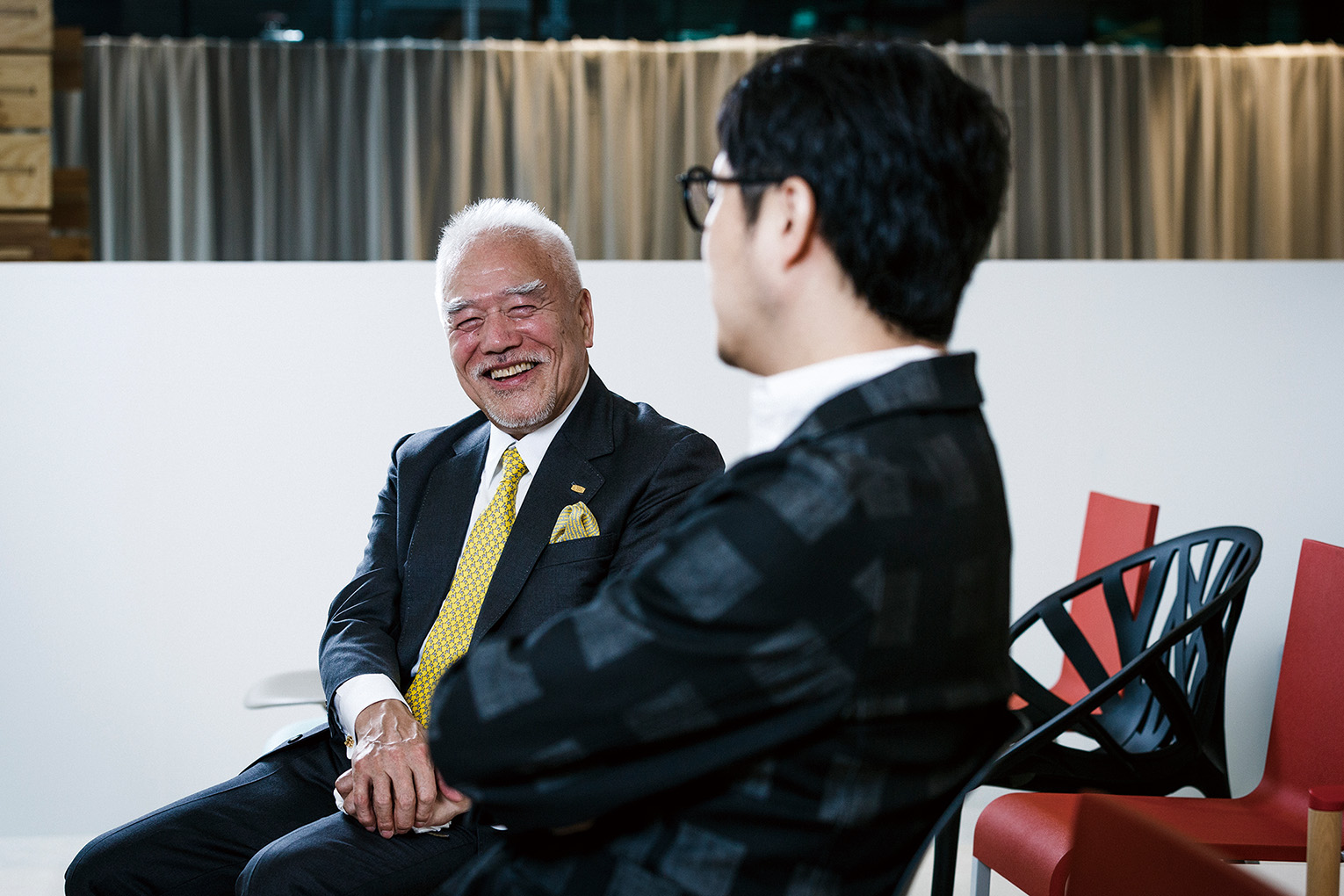
YOSHIMURA
*Laughs.* With the environmental issues that are constantly talked about today, wooden houses must be even more difficult to live in. In terms of insulation, old wooden Japanese houses have thin walls, which make them hot in summer and cold in winter.
TATENO
For all their faults, they do have a lot of character. These houses represent an important cultural tradition in Japan, so I would hate to see them go.
TATENO
Do you think young people today have much interest in purchasing a home?
YOSHIMURA
I think our way of thinking about the place we call home has changed. Recently, we’ve even seen people, like address hoppers, who move from hotel to hotel living without a fixed address. The other day I went to Shibuya for an interview, and there was a place with around 50 people living together that was always unlocked. The days of the nuclear family are coming to an end, and in its place a desire for communal living is taking root. At their core, moving from place to place without an address and living with a group of 50 people are the same. The era of the conventional four-person family is drawing to a close.
TATENO
Wow. More and more people are living like that, you say. That’s much different from the past.
YOSHIMURA
In the past there were people who looked up to the hippy lifestyle and took to living each day at a time. Now, it’s not like that. Rather than having to worry about being ostracized, people can come and go as they please in these communal living environments.
TATENO
This could certainly be something new.
YOSHIMURA
I’ve heard if someone loses their job in one of these communal living groups, the other members get together and collect money to give to them.
TATENO
They go that far. *Laughs.* I’ve heard the number of short-term rental properties that allow people to sign contracts for a single year are increasing as well.
YOSHIMURA
That’s right. Buying property is such a rigid process. Everyone has to sign on for a 35-year mortgage. If you commit to something like that, you can’t quit your job or have more than two kids. The loan conditions end up defining what kind of life you can live. This is true whether you hire a home builder or an architect to build your house. The second you sign that loan, your life for the next 35 years or so is set. As an architect, this feels like quite a burden. When thinking about whether there was some other way to acquire a home, I realized that moving from place to place without owning a house was one new way to interact with architecture. We have to really think long and hard about the things we take for granted, otherwise nothing will change.
TATENO
Now that you mention it, there are a lot of employees in my company that have bought a home by entering into a long-term mortgage. By the time they’ve finished paying it off, they’re ready to retire. At the same time, the value of their home continues to decline. Something should be done to fix this.
YOSHIMURA
Let’s say you live to 100 years old. That means you start a new life after you retire. As a consumer, I think it’s great to have the option to change your home or to move from place to place. However, if you can make the house you bought work for you, by say renting it out short term, then that is also interesting. Take Airbnb, for example, you can rent out a room while still living in your home and earn some extra cash in the process. Ideas like this are worth considering in the future.
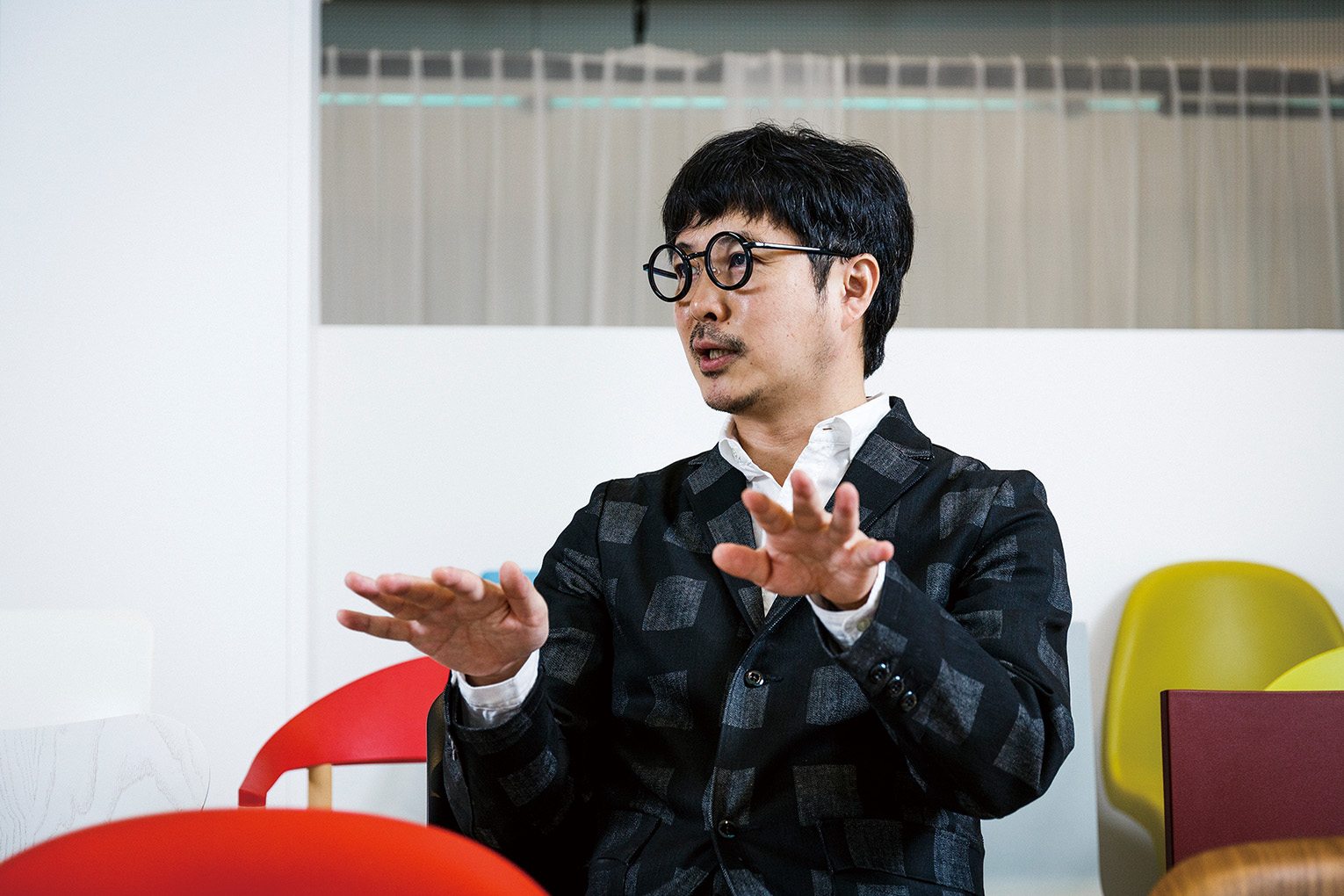
TATENO
That said, existing houses do have a lot of issues. There are a lot of decrepit condos out there that take so long to repair, it’s as if they’re being rebuilt. Do you have any good ideas for easily reconstructing existing structures?
YOSHIMURA
Not really. *Laughs.* It would be interesting to hear some ideas for simple reconstruction.
TATENO
There was a high-rise condominium at Musashi Kosugi that flooded before, so this is a topic we’ll have to confront head on in the future.
YOSHIMURA
You’re right. The ground provides the foundation of infrastructure and human movement, so if there’s a problem with it, everything else is affected. If drones become more prevalent, we will be able to eventually transport people and things directly to the upper floors of buildings. In the past, when the elevator was invented, it completely reversed the value of the ground and upper floors. I think a similar new transformation will accompany the widespread adoption of drones in society. We might be able to solve the challenge of infrastructure being concentrated near the ground in the process.
TATENO
It’s my belief that the 2025 Osaka World Expo will provide a major turning point for the architectural industry. Developments like the ones you just mentioned will take on a whole new reality. I believe revolutionary ideas like those put forward by Kisho Kurokawa in the past will finally come to life. The architects that were involved in constructing the pavilions at the last Osaka World Expo were still quite young at the time. Now, they are renowned masters who are passing down their knowledge to the next generation. That’s why I’m praying we will discover some new talent at this expo.
YOSHIMURA
I hope the same.
TATENO
It’s great if they can come up with something futuristic, but the theme of this expo is a little plain, so there’s a chance they won’t have much money to spend on the building exteriors. I’m sure a lot of new inventions like robots and drones will be announced at the event though.
YOSHIMURA
I feel there’s no need to make a massive investment in the buildings themselves. I wonder why they aren’t holding any night games at the next olympics. They’re talking about holding the marathon in Hokkaido due to heat, but I thought from the beginning “why don’t you just hold it at night?” *Laughs.* If you look at any hot country in Southeast Asia, they all have night markets. They time the holding of events to when the temperature drops at night. So if you’re going to be hosting the summer Olympics, why not experiment a bit and try some new things? I’ve termed this “the nocturnal city,” but I think it would be really interesting to provide an urban model of a city that’s active at night.
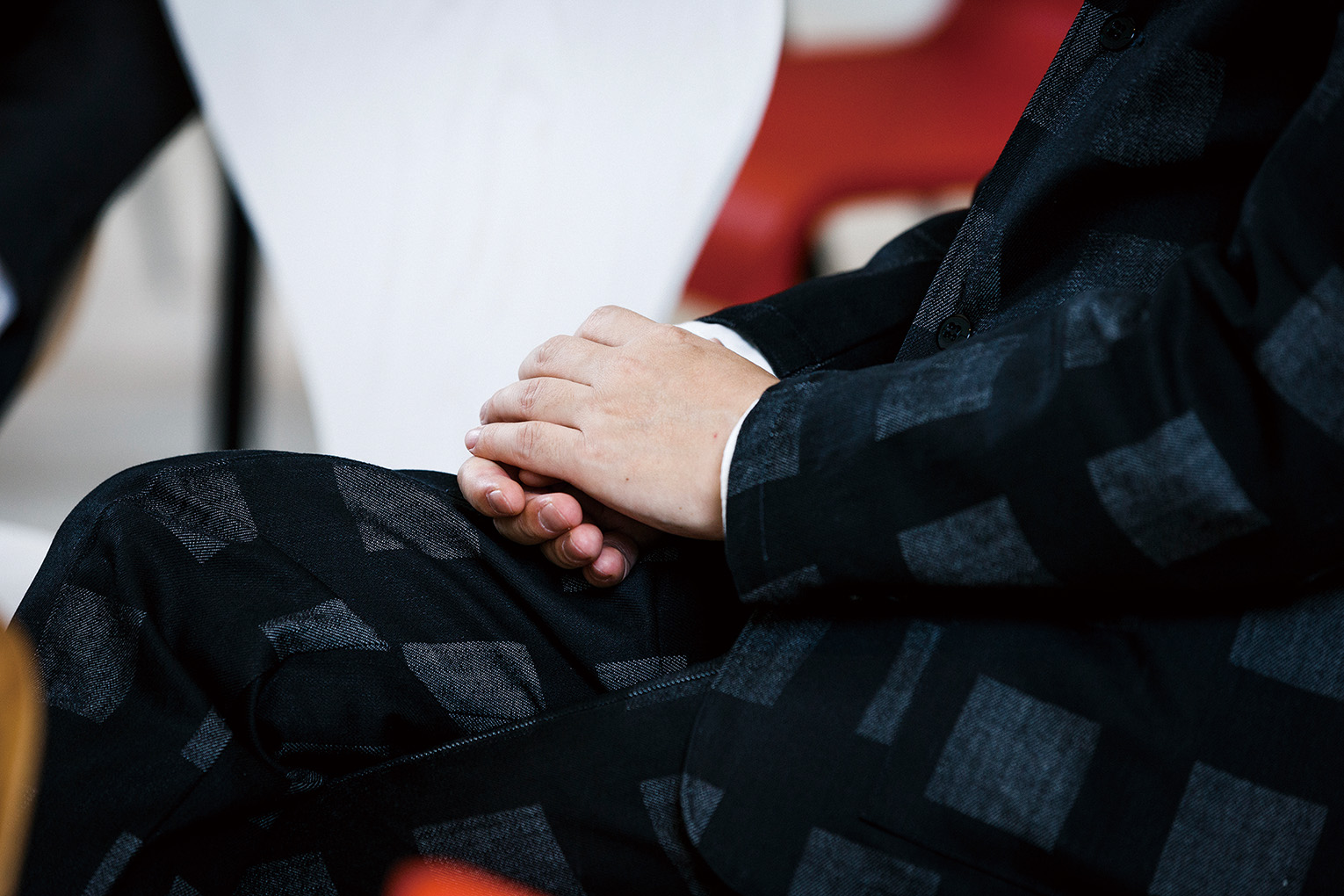
TATENO
When Kansai International Airport was first built, it was operating around the clock. Now that’s no longer the case. There’s real issues, such as noise pollution, that can’t be ignored, but still taking an experimental approach to something is important. Either way, running a marathon in summer is pretty extreme.
YOSHIMURA
Summer in Tokyo is so hot you can’t even go outside during the day. *Laughs.* In terms of the Olympics, I think it would have been prudent to make better use of night-time hours.
TATENO
When you take on a job and begin working on drafting the design, does the client typically leave everything to you, or do you listen to a certain number of requests before starting?
YOSHIMURA
I stay in constant contact with the client while I draw up the design. It’s easier to do my work when I receive some conditions and requirements beforehand.
TATENO
So you don’t like having everything left to you?
YOSHIMURA
That’s right.
TATENO
Your temperament is better suited to working intimately with the client.
YOSHIMURA
I’d say so. When you talk things over before drawing up the design, you often come across some good ideas in the process. Sometimes a tough set of conditions are what allow you to come up with something really innovative. When I decided to use containers, it cost too much to produce them domestically, so I had to look overseas to get them manufactured.
TATENO
So the project came into being thanks to a tough set of conditions.
YOSHIMURA
Yes. A while back I designed a kindergarten in Chiba where we diverted a large warehouse tent, since this was cheapest to construct. We took a place that would have normally been built outside and surrounded it with a warehouse tent. This created an environment that was sort of half outside, which allowed children to play as if they were outdoors even when it was raining. Inside we built a small wooden structure. This presented quite a tough set of conditions.
TATENO
Is that right?
YOSHIMURA
The budget we were presented with for this project was about half of what it would normally cost to construct a kindergarten. At first they said it was fine to just renovate, but it soon became clear that we wouldn’t be able to renovate the existing structure, so we had to shift to building something new. With a budget like that, however, we were limited to what we could do. This is how we came up with the warehouse tent idea. Only a warehouse tent allows you to create a large space at a price of around $1500 per 3.3㎡.
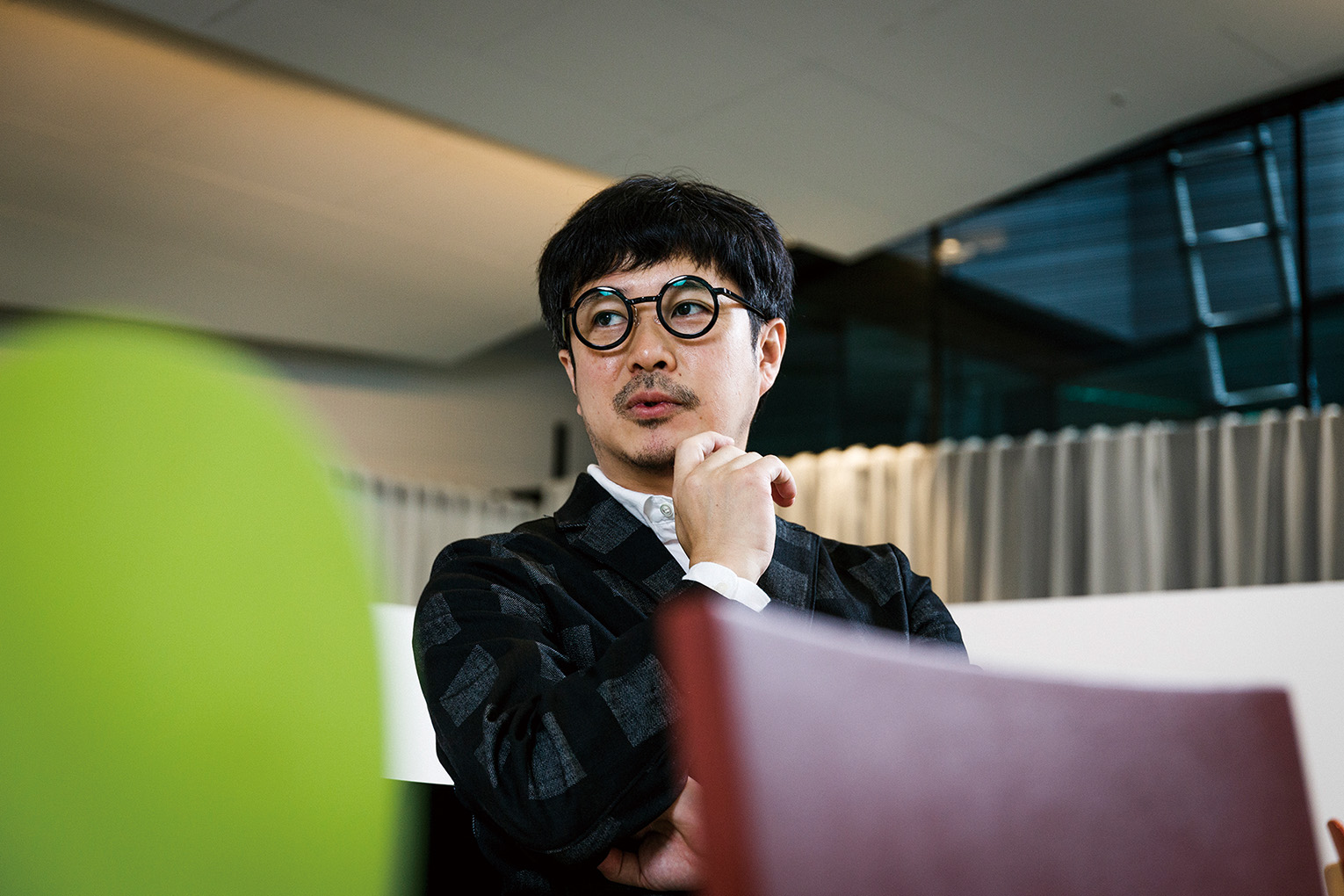
TATENO
That’s the kind of idea only you could come up with. That reminds me, the Nakagawa Office Extension that you worked on is a really interesting building.
YOSHIMURA
Thank you. We were able to create a pretty cutting-edge structure, considering they’re a Nara-based shop engaged in traditional crafts. Their president is an incredibly pragmatic guy. Since they work with traditional crafts, their branding is really thorough and well thought out. They’ve gotten really famous in recent years. You can even buy their products in Tokyo now.
TATENO
What do they make?
YOSHIMURA
They make everything from small decorative items and utensils for tea ceremony to dishcloths made from hemp.
TATENO
How did you end up getting that job?
YOSHIMURA
A friend of mine who is a graphic designer was doing their branding and connected me to them. That’s how I got the project.
TATENO
I see. You’ve won a lot of different awards up until now. Do you feel that has helped you to advance in your career?
YOSHIMURA
Of course, it’s always great to win an architectural prize. What makes me really happy, however, is when the client gets excited about the award. In a sense, I submit my works for awards for the client’s benefit. I haven’t really noticed this leading to me getting new jobs per se though.
TATENO
Be that as it may, winning all these awards really is something special. I’ve always thought the projects you’ve worked on were exceptional. I’d love to see one of my door handles adorn a building of yours some day.
YOSHIMURA
Me too! That would be great.
TATENO
You’re also involved in projects overseas. I feel that UNION needs to develop products that resonate with an international audience as well. Tastes differ with each country and culture, so it’s essential to look into various designs and materials from an international perspective. It’s not enough to just take a product that sells in Japan and expect success overseas.
YOSHIMURA
Do you manufacture your products in Japan?
TATENO
Over 90% of our products are made in Japan. It might be worthwhile to sell products made overseas in overseas markets.
YOSHIMURA
I took a look at your product portfolio, and you really have quite the lineup. It was a pleasure to view.
TATENO
Thank you.
YOSHIMURA
The problem is that architects want to use standard products. They don’t like to use anything too unusual. There’s something contradictory about architects. *Laughs.* They don’t want to use something if it’s too eye-catching.
TATENO
They have that tendency. *Laughs.* They like things to be orthodox. Architects use standard products that come together to create a unique whole, so we also try to focus on standard items. We’re happy if our handles are able to add even the slightest bit of value to the buildings they adorn. It’s hard to draw a line between what is standard and what is unique and unusual, though, isn’t it?
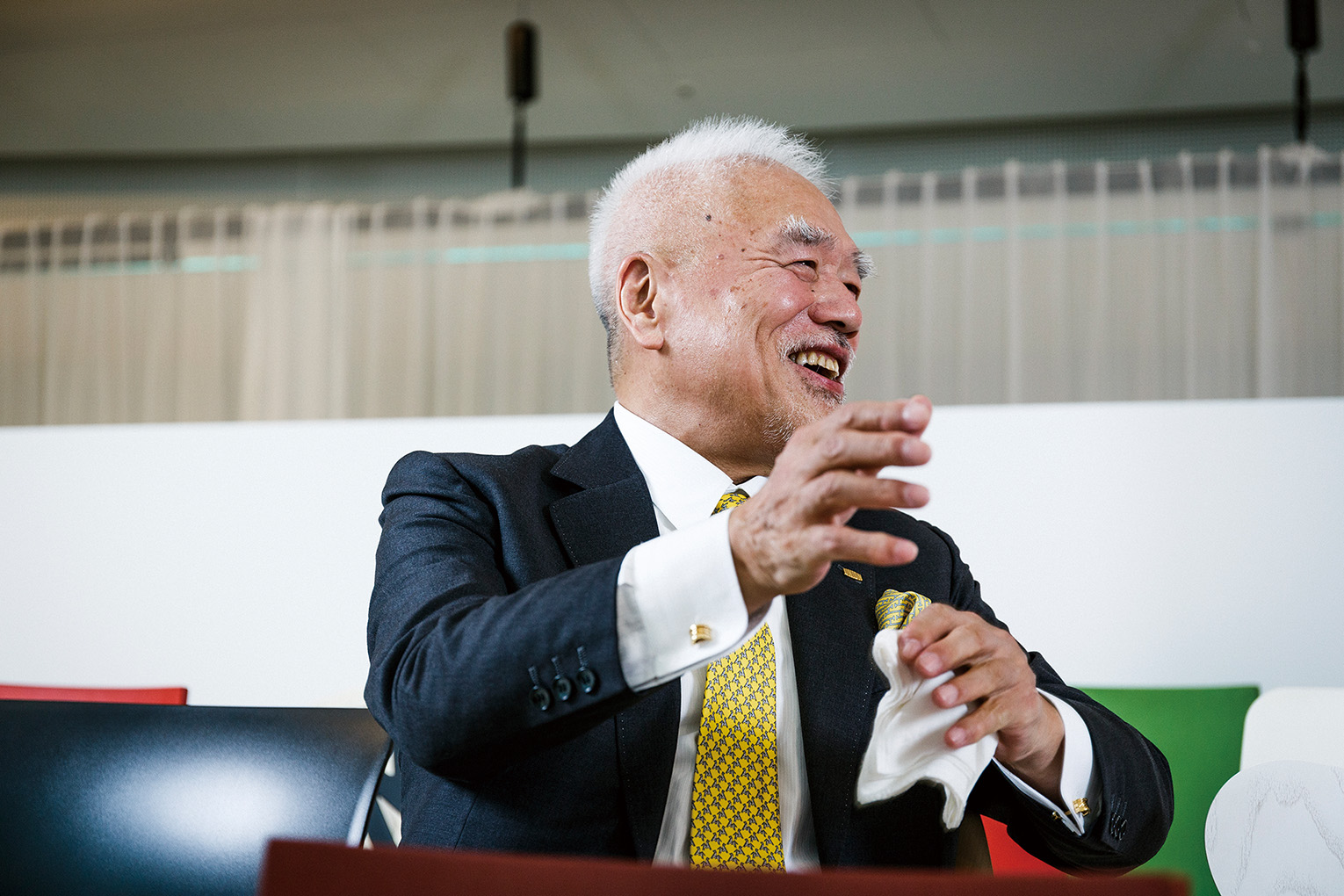
YOSHIMURA
Chairs are the same, aren’t they? Sometimes I look at a lineup of chairs featuring completely different designs, but when the building is complete, I always end up wanting to place some kind of standard chair inside. *Laughs.*
TATENO
*Laughs.* Chairs are an essential part of interior design, but door handles are a part of the actual building. They are dependent upon the power of the user, which means they must also be easy to use.
YOSHIMURA
Good point. Functionality that makes it easy for people with disabilities or the elderly to open a door will become increasingly important in the future.
TATENO
Good point. Functionality that makes it easy for people with disabilities or the elderly to open a door will become increasingly important in the future.
YOSHIMURA
When you put it that way, what about intentionally making a door handle that’s a little difficult to open? *Laughs.*
TATENO
Exactly! *Laughs.* That’s one thing I’ve been thinking about.
YOSHIMURA
Interesting.
TATENO
It might not help in building muscle, but it could be useful for maintaining health. I sometimes wonder if universal design really meets the needs of the user. This made me think, it would be nice to have something at home that provides a little stimulation.
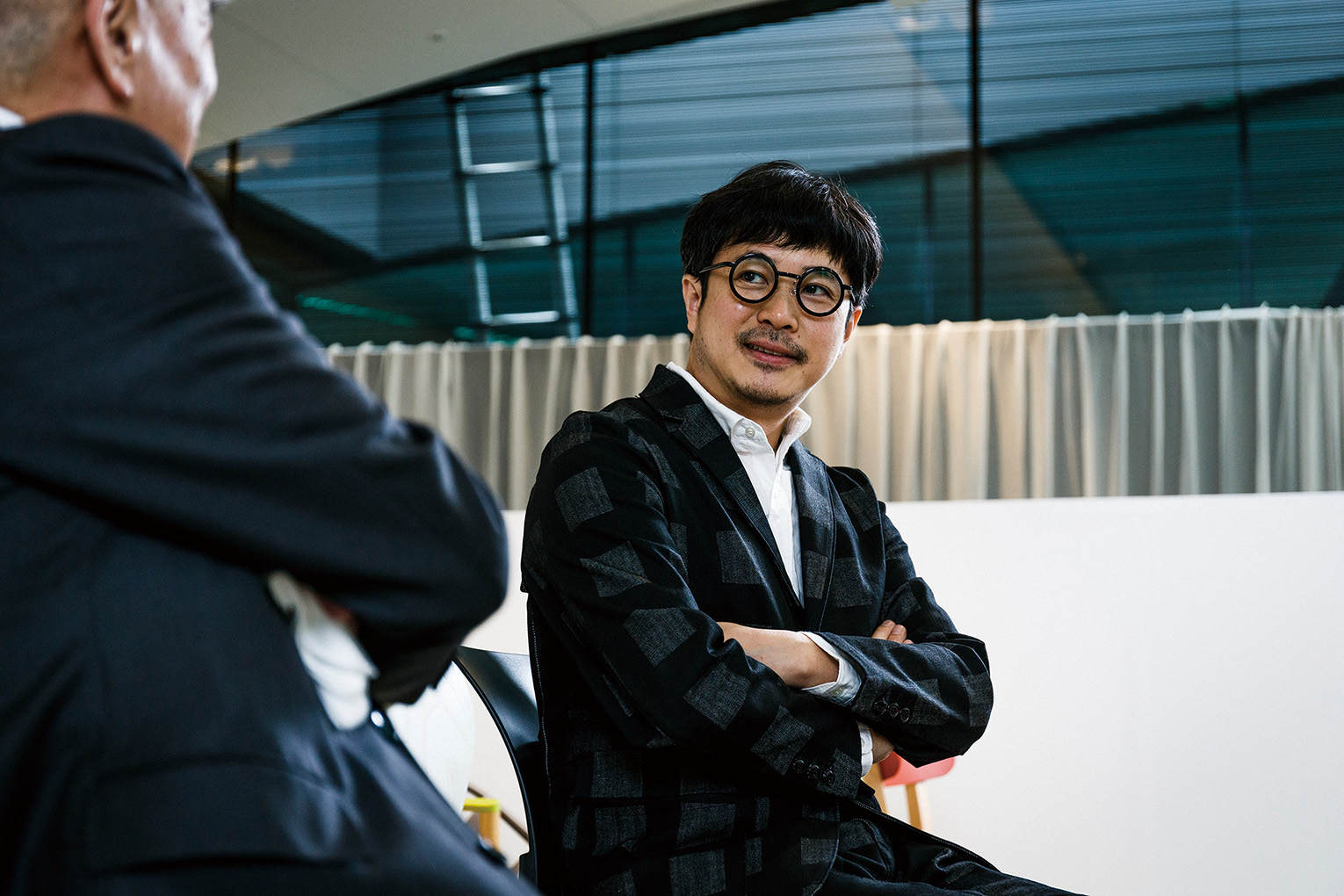
YOSHIMURA
The idea being to get used to the added weight throughout your day.
TATENO
Exactly. Now everything is barrier free. I’m a little worried that this could have a negative effect on our bodies.
YOSHIMURA
By chance, some time back I was able to take a tour of a condo that was designed for a person with Alzheimer's. There are a lot of theories out there. For example, some people say that you can prevent bathroom accidents by painting the bathroom walls white and making the light red, or by installing a handrail that contrasts with the color of the wall. They say that there are design and color schemes that are easily recognized by people with dementia. The place I visited adopted some of these ideas, but it made me think the same kind of things that you just mentioned.
TATENO
There are a lot of new initiatives being undertaken these days, aren’t there?
TATENO
Speaking of new initiatives, I think it would be great if there were more opportunities for young architects to get involved in projects. Why do you think there is such a difference in the opportunities available to young architects today as compared to the past?
YOSHIMURA
Speaking of new initiatives, I think it would be great if there were more opportunities for young architects to get involved in projects. Why do you think there is such a difference in the opportunities available to young architects today as compared to the past?
TATENO
Is that the reason? Interesting. That being said, internationally speaking, isn’t the number of Japanese architects quite low?
YOSHIMURA
Not at all. There are a lot of us. If you combine qualified architects of the first class, qualified architects of the second class, and registered architects for wooden buildings, there are 1.1 million architects in Japan. I wonder if there are actually any other countries that have this many architects to sign off on drawings. France has half the population of Japan, but there are only 30,000 architects there. The amount of resources available is completely different.
TATENO
Incredible. I didn’t realize there was such a difference. Astonishing.
YOSHIMURA
That said, the average age of qualified Japanese architects of the first class is around 50 years old, which is why they started allowing young architects to take the exam while still in school. With a huge number like 1.1 million, I wonder what kind of pressure these young architects will apply to the old guard by entering the industry. That remains to be seen.
TATENO
Ideally, this pressure would take the form of even better architectural structures being released into the world. It would be great if this raised the bar for Japan’s architectural industry as a whole.
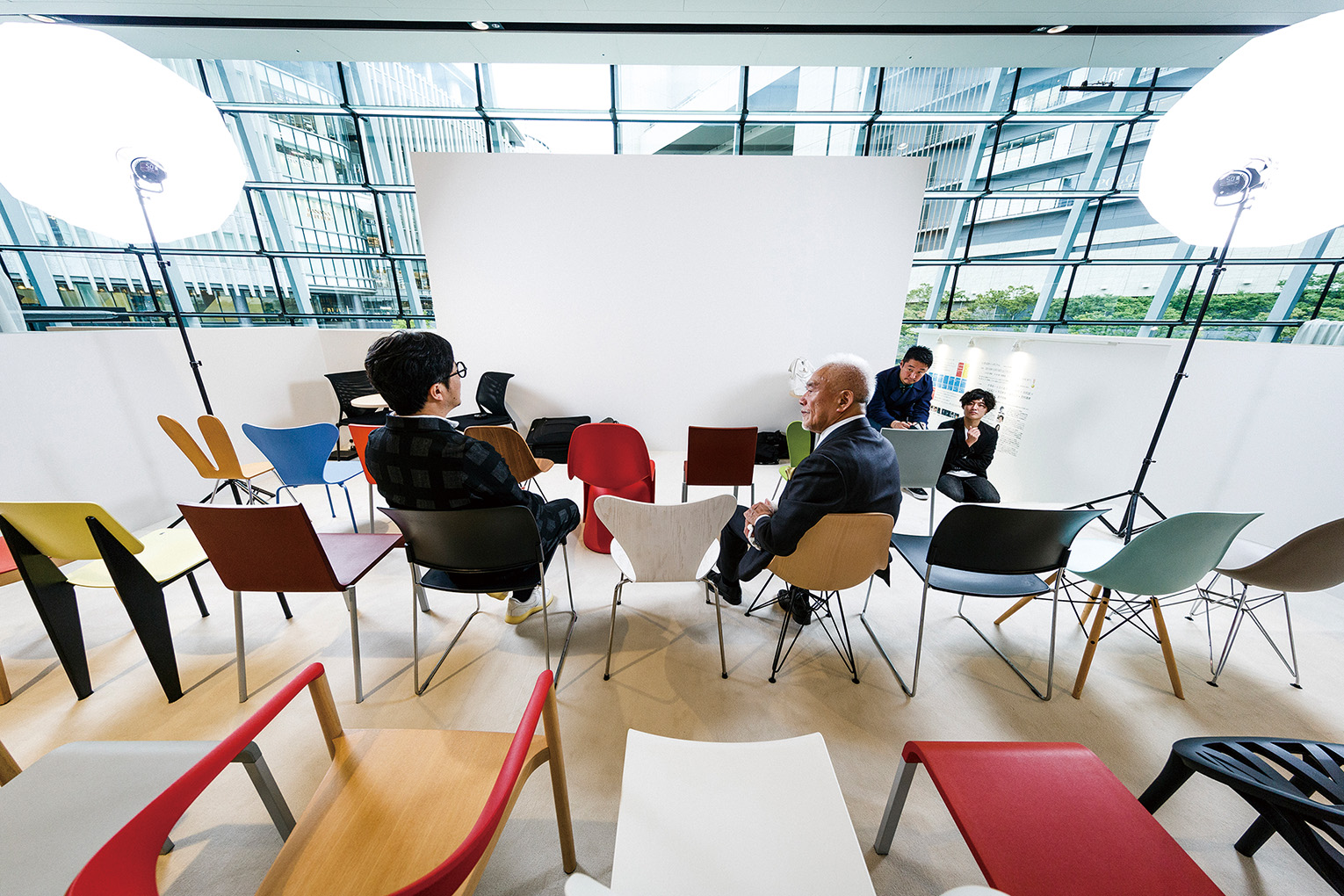
*Interview concludes*
Both
Thank you very much.
Planning: Naoyuki Miyamoto
Photography: Kesuke Kitaura
Writing: Fumiya Daito
Web Direction: Ryo Kijima